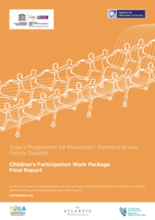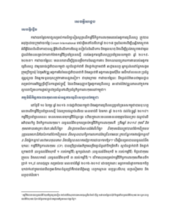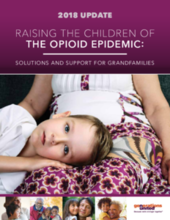Displaying 1131 - 1140 of 2214
This thesis study aimed to explore what Looked After Children (LAC) value in their friendships in order to understand what support may help them gain the maximum benefits from these relationships.
This evaluation study focuses on the implementation of and the outcomes from the Programme for Prevention, Partnership and Family Support (PPFS) programme, a programme of action being undertaken by Tusla, the Child and Family Agency of Ireland.
In this systematic literature review, the authors explore the career development experiences of children and youth in care and their experiences following emancipation from care into independent living.
The objective of this evaluation was to provide evidence that can help strengthen performance and accountability with UNICEF’s work with the Royal Government of Cambodia and the myriad other authorities and organizations involved in child protection.
The ninth International Foster Care Research Network Conference was held in September 2017 in Paris (France) on the theme ‘Continuity and disruption in foster care’. A selection of the presentations there were rewritten into a paper as part of this special issue.
This report from Generations United provides data on the opioid crisis in the US, and its impact on grandfamilies, and offers policy and program recommendations related to recently passed legislation - the Family First Prevention Services Act and the Supporting Grandparents Raising Grandchildren Act.
The ninth International Foster Care Research Network Conference was held in September 2017 in Paris (France) on the theme ‘Continuity and disruption in foster care’. A selection of the presentations there were rewritten into a paper as part of this special issue.
This study presents findings from three separate meta-analyses investigating differences between children placed in residential care and in family foster care with regard to three outcomes: internalizing behaviors, externalizing behaviors, and perception of care.
Using a bevy of administrative data, this article investigates potential risk and protective factors of youth (n = 1420) who aged out of foster care without legal permanency in a southwestern state.
This study aimed to review and analyze the pathways from care to education and employment, using meta-analysis.





